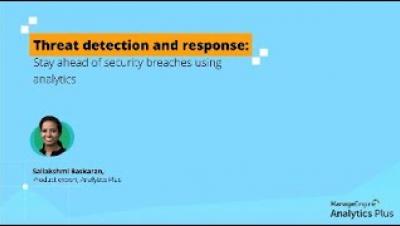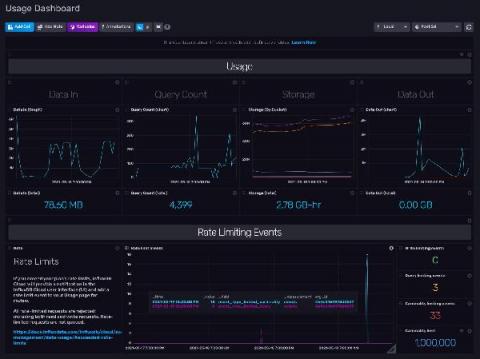Operations | Monitoring | ITSM | DevOps | Cloud
Analytics
Analytics Plus webinar: Threat detection and response: Stay ahead of security threats
Introduction to the M3 time series database | Aiven Cloud Chats
The Art of Data | Episode 1
That's A Data Problem - The New Normal | Daniel Newman & Splunk's Kristen Robinson
Open source and cloud technology discussion with Traveloka and Gojek | Aiven Webinar
Finding business-critical files is a top challenge for workers - better search is the answer
Even before COVID-19 forced nearly everyone to grapple with virtual work, most organizations had mountains of content scattered across numerous teams and dozens, if not hundreds, of apps. But now new research shows the cost of poor employee experiences for organizations: productivity, confidence, and opportunity.
Art of Data: Bringing Data to Esports
You may have seen the announcement that Splunk and McLaren Racing have expanded their partnership, which sees Splunk as an Official Global Partner of the McLaren Shadow Esports team and the Logitech McLaren G Challenge. As a budding Esports fan and data enthusiast, it’s really exciting to see these two worlds collaborate and accelerate the virtual racing experience.
TL;DR InfluxDB Tech Tips - Using and Understanding the InfluxDB Cloud Usage Template
So you’re using InfluxDB Cloud, and you’re writing millions of metrics to your account. Whether you’re building an IoT application on top of InfluxDB or monitoring your production environment with InfluxDB, your time series operations are finally running smoothly. You want to keep it that way. You might be a Free Plan Cloud user or a Usage-Based Plan user, but either way, you need visibility into your instance size to manage resources and costs.
Prometheus Remote Write Support with InfluxDB 2.0
In InfluxDB 1.x, we provided support for the Prometheus remote write API. The release of InfluxDB 2.0 does not provide support for the same API. However, with the release of Telegraf 1.19, Telegraf now includes a Prometheus remote write parser that can be used to ingest these metrics and output them to either InfluxDB 1.x or InfluxDB 2.0.











